As of today I read 162 books during 2020, the large number partly because of the enforced seclusion brought on by the pandemic. A few were re-reads but most crossed my path for the first time. Following are the titles of the books I initially read during 2020 and liked the most. Each of them was the subject of a review written by me and published either on Kevin’s Corner, a blog published by Kevin Tipple, or on my own blog. Links to the reviews are provided for more in-depth consideration.
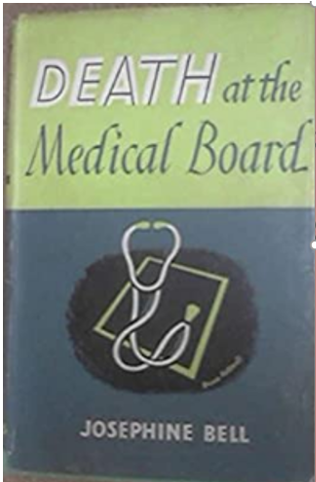
Death at the Medical Board by Josephine Bell (Longmans, Green & Co, 1944)
An elaborately constructed plot set in wartime England.
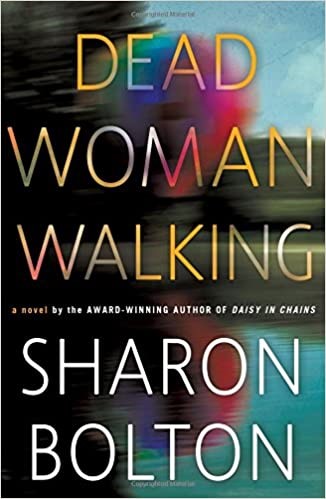
Dead Woman Walking by Sharon Bolton (Minotaur, 2017)
A wonderful spin on the unexpected witness to a murder trope.
https://kevintipplescorner.blogspot.com/2020/08/aubrey-hamilton-reviews-dead-woman.html
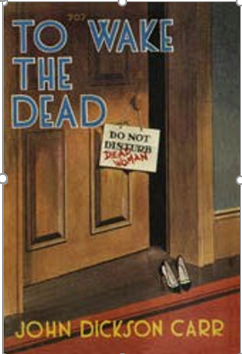
To Wake the Dead by John Dickson Carr (Hamish Hamilton, 1938)
Carr is considered the king of the locked room mystery and this book shows why.
https://happinessisawarmbook.home.blog/2020/11/13/to-wake-the-dead-by-john-dickson-carr/
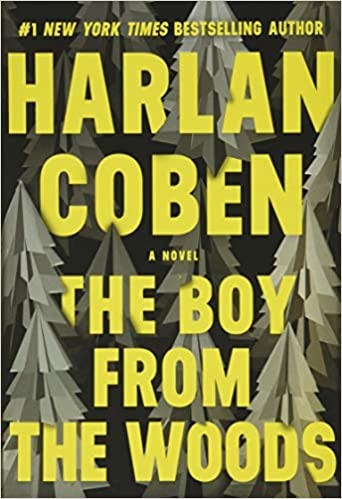
The Boy from the Woods by Harlan Coben (Grand Central Publishing, 2020)
Lots of subplots and surprises in this book; the final one is completely out of left field.
https://kevintipplescorner.blogspot.com/2020/11/aubrey-hamilton-reviews-boy-from-woods.html

The Shadow Broker by Trace Conger (CreateSpace Independent Publishing, 2014)
Good thriller, excellent demonstration in how to trace someone who doesn’t want to be found.
https://kevintipplescorner.blogspot.com/2020/04/aubrey-hamilton-reviews-shadow-broker.html
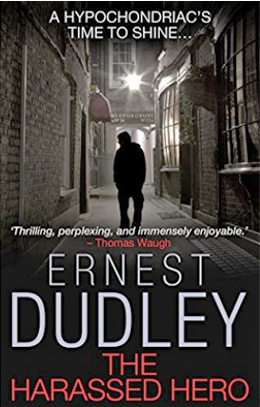
The Harassed Hero by Ernest Dudley (Hodder & Stoughton, 1951)
Entertaining story about a hypochondriac who encounters a counterfeiter.
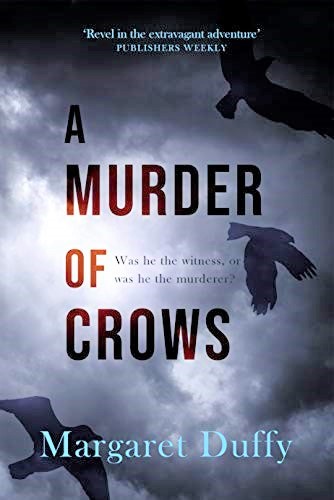
A Murder of Crows by Margaret Duffy (St. Martins Press, 1988; Lume Books, 2015)
Espionage, romance, and mystery, this first book of a long-running series is hard to categorize.
https://kevintipplescorner.blogspot.com/2020/06/aubrey-hamilton-reviews-murder-of-crows.html
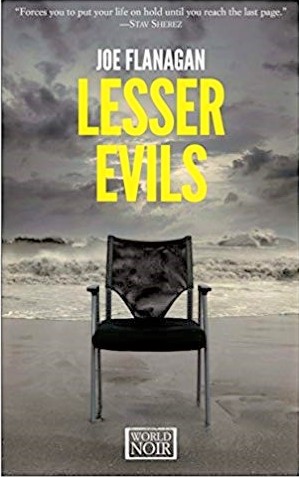
Lesser Evils by Joe Flanagan (Europa Editions, 2016)
Dark and often depressing, this story has intriguing characters and possibly the most unexpected resolution to a subplot I’ve ever seen.
https://kevintipplescorner.blogspot.com/2020/02/aubrey-hamilton-reviews-lesser-evils-by.html

Death of an American Beauty by Mariah Fredericks (Minotaur, 2020)
Wonderful historical mystery, Fredericks has captured the feel of early 1900s New York perfectly.
https://kevintipplescorner.blogspot.com/2020/12/aubrey-hamilton-reviews-death-of.html
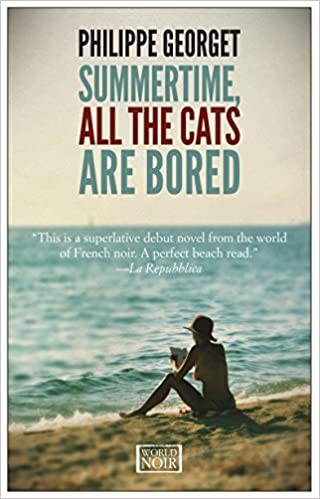
Summertime, All the Cats Are Bored by Philippe Georget (Europa Editions, 2013)
A highly competent police procedural and the best title of the year.
https://kevintipplescorner.blogspot.com/2020/07/aubrey-hamilton-reviews-summertime-all.html
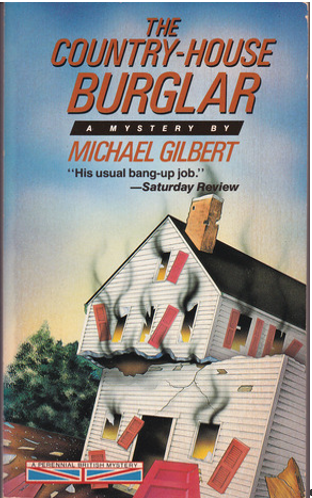
The Country House Burglar by Michael Gilbert (Harper, 1955)
A fine traditional English village mystery.

The Reckless Oath We Made by Bryn Greenwood (Putnam, 2019)
Part romance, part thriller, I love the characters.
https://kevintipplescorner.blogspot.com/2020/11/aubrey-hamilton-reviews-reckless-oath.html

The Man in the White Linen Suit by David Handler (Morrow, 2019)
The latest from Hoagy and Lulu, a celebrity ghostwriter and his basset hound sidekick.
https://kevintipplescorner.blogspot.com/2020/10/aubrey-hamilton-reviews-man-in-white.html
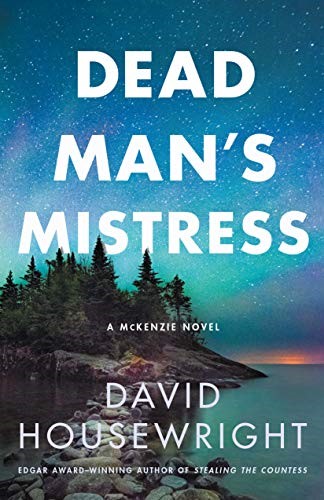
Dead Man’s Mistress by David Housewright (Minotaur, 2019)
Last year’s title from one of my all-time favorite crime fiction writers.
https://kevintipplescorner.blogspot.com/2020/05/aubrey-hamilton-reviews-dead-mans.html
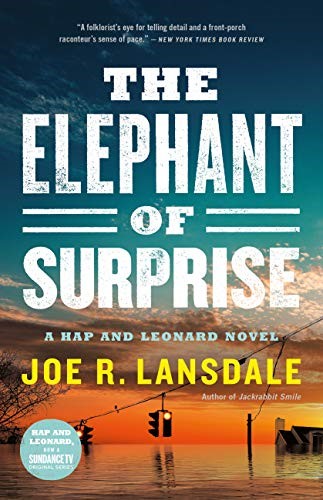
The Elephant of Surprise by Joe Lansdale (Mulholland, 2019)
Hap and Leonard’s latest adventure as private investigators in east Texas.
https://kevintipplescorner.blogspot.com/2020/03/aubrey-hamilton-reviews-elephant-of.html

The Blues Don’t Care by Paul Marks (Down & Out Books, 2020)
A wonderful historical set in Los Angeles during the era of big bands.
https://kevintipplescorner.blogspot.com/2020/07/aubrey-hamilton-reviews-blues-dont-care.html
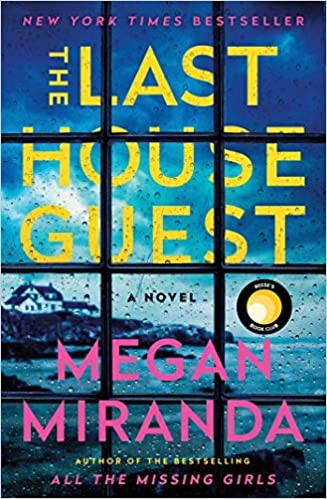
The Last House Guest by Megan Miranda (Simon & Schuster, 2019)
A mystery that builds suspense gradually with a zinger in the last two pages.
https://kevintipplescorner.blogspot.com/2020/04/aubrey-hamilton-reviews-last-house.html
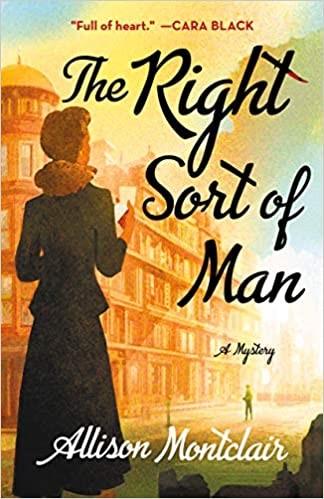
The Right Sort of Man by Allison Montclair (Minotaur, 2019)
First title in what looks to be an excellent historical series set in post-war London.
https://kevintipplescorner.blogspot.com/2020/09/aubrey-hamilton-reviews-right-sort-of.html
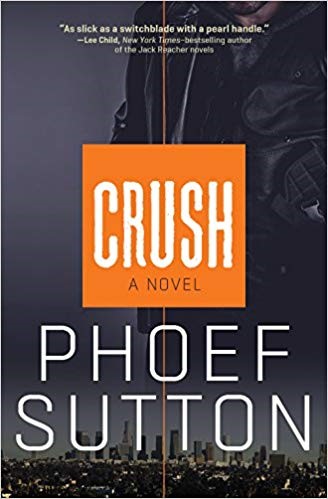
Crush by Phoef Sutton (Prospect Park Books, 2015)
A hard-charging thriller about the son of a Russian Mafia boss who shuns his father’s career choices.
https://kevintipplescorner.blogspot.com/2020/01/aubrey-hamilton-reviews-crush-by-phoef.html

The Ringmaster by Vanda Symon (Penguin, 2008; Orenda, 2019)
Second book in an award-nominated police procedural series set in New Zealand.
https://kevintipplescorner.blogspot.com/2020/12/aubrey-hamilton-reviews-ringmaster-by.html



